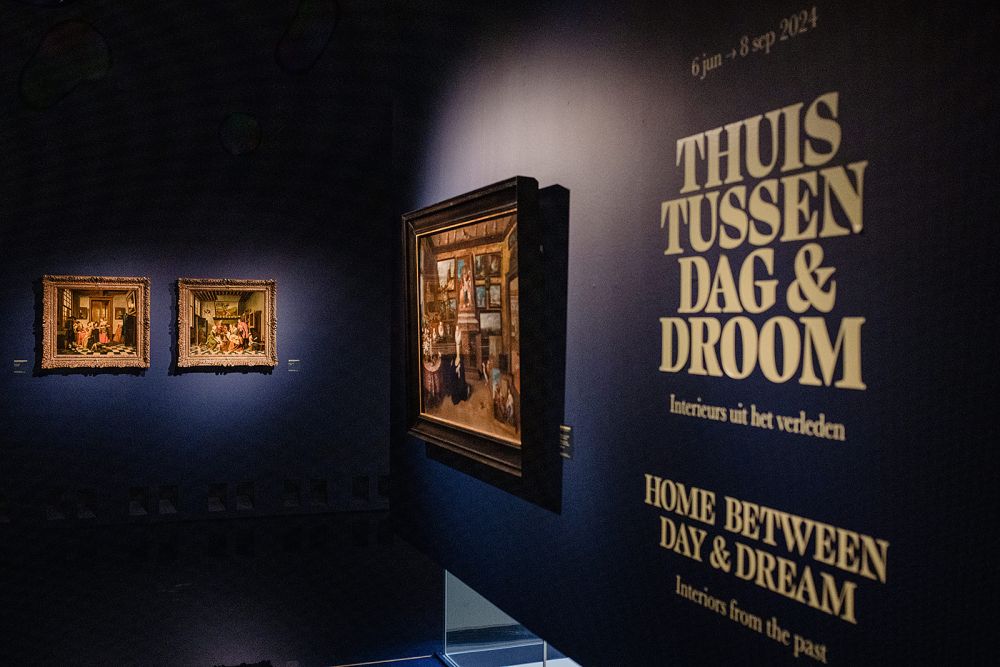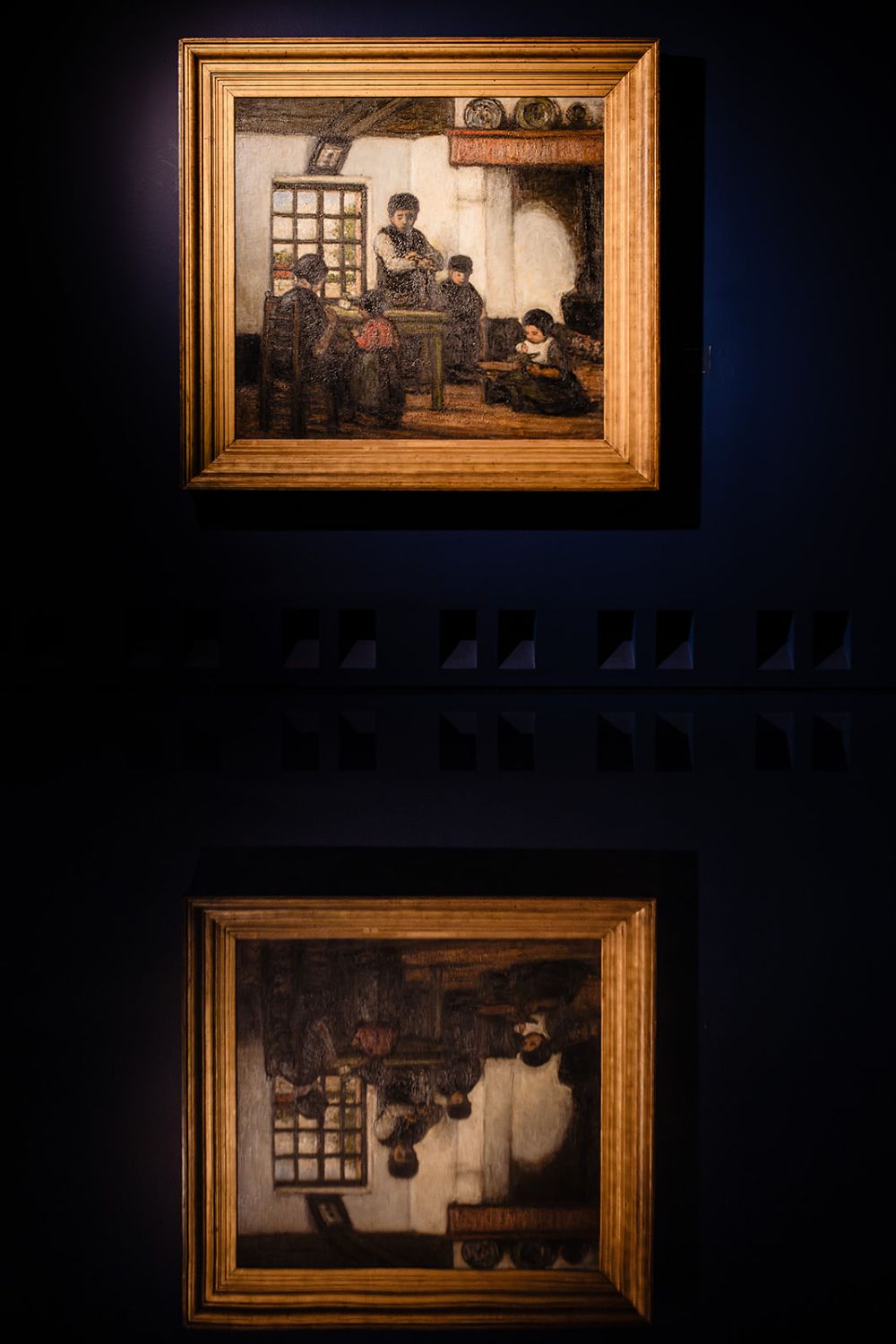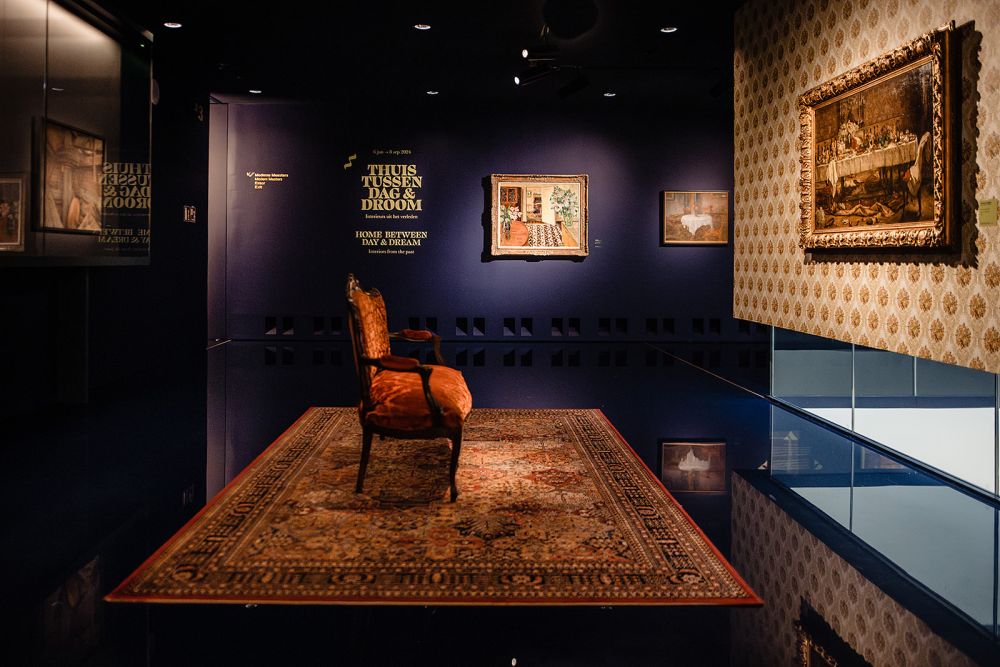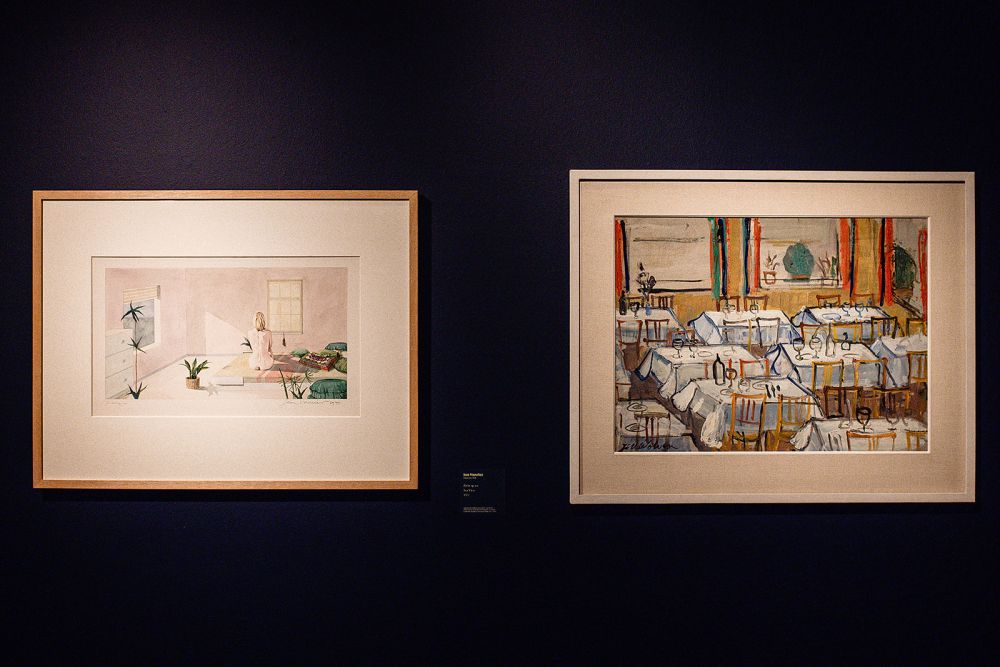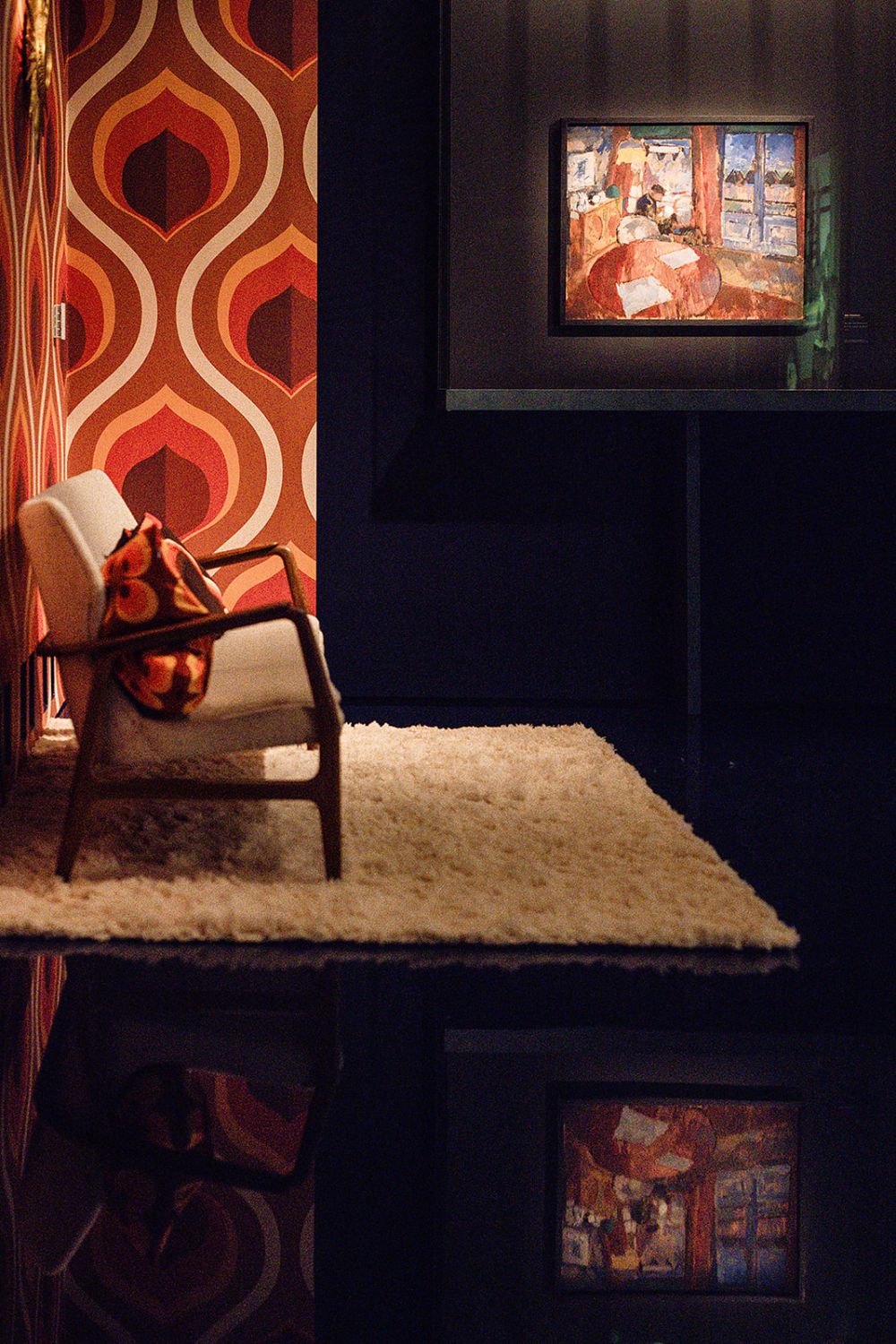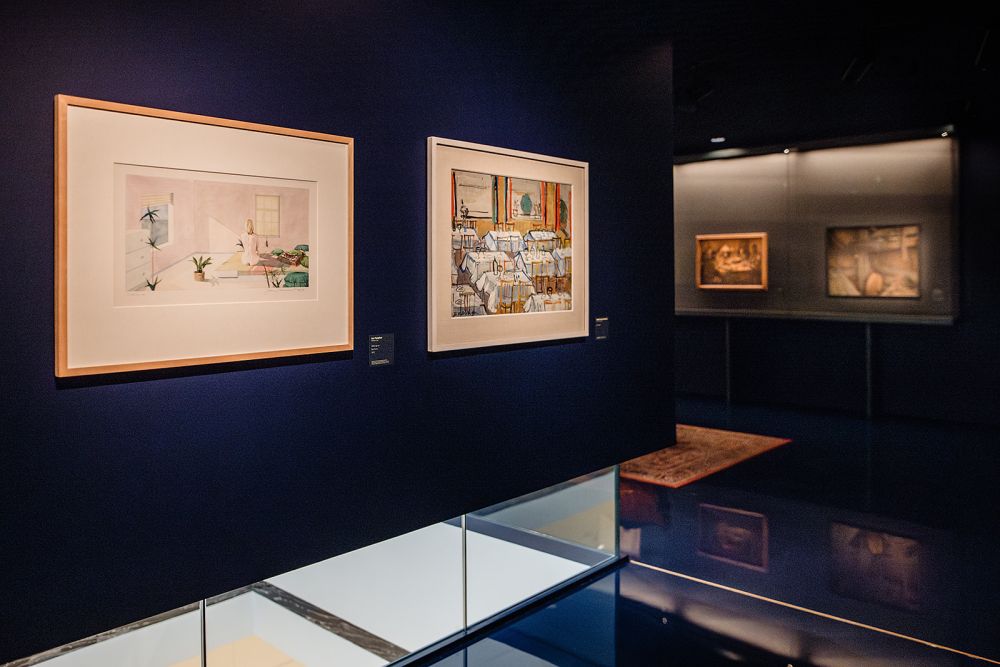At Home between Day and Dream
Date:

Given that we spend a good part of our lives indoors, it is hardly surprising that artists have not left a corner of the interior untouched in their search for interesting subjects. Sometimes it provided a backdrop, but by the 19th century it was increasingly a theme in its own right. The KMSKA collection contains some wonderful but rarely shown examples. Time to ring the changes!
In the print room we are showcasing the finest of those interiors, giving visitors the opportunity to admire inspirational drawings and paintings from bygone and less stuffy times, from Frans Francken through to Marc Chagall and Rik Wouters.
The techniques and styles the artists use to capture a room’s personality are as varied as the interiors themselves. Covering a broad spectrum from vibrant colours to subtle pencil lines, the works illustrate the many possible ways of depicting the home environment.
With vibrant touches of color and subtle chalk lines, artists show the versatility of domestic life. Absolute silence, the rumble of homework or the morning after a party, the expo reflects moments and situations that will feel familiar to many.

Na het bruiloftsfeest - Willem Linnig II, 1875, KMSKA

Strijkster - Rik Wouters, 1916, KMSKA
Artists understood that rather than just props, items of furniture influence the look of a space and give it personality. The occupants’ choice of furniture is often charged with emotion, which filters through into the atmosphere of a room. From festive tables to serene salons, the works show how furniture tells a story about the people who use it and the events that take place in those spaces. In After the Wedding by Willem Linnig II (1842 – 1890), for example, we see how a long table in an opulent interior is strewn with empty wine and champagne bottles, carafes, wine glasses, half-emptied plates and bridal bouquets. The aftermath of a decadent wedding breakfast!
Artists often use an open window to connect domestic scenes with the outside world. Marc Chagall (1887–1985)throws the window wide open in his gouache The Window. In Woman Ironing by Rik Wouters (1882–1916), Nel busies herself in the blood-red interior of their small, canal-side flat in Amsterdam. In Man at the Window by Henri De Braekeleer (1840-1888), a static character gazes out at the diagonal rhythm of roofs and stepped gables.

De man bij het venster - Henri De Braekeleer, 1876, KMSKA

Keukeninterieur - Xavier Mellery, 1890, KMSKA
Light plays an equal part in establishing the atmosphere inside a house. Only when bathed in half-light do interiors reveal their true identity. Failing light accentuates the interior architecture and brings seemingly dead objects to life. So wandering through a house at night takes on an air of mystery and even a slight eeriness. The dynamic of doors left ajar and of jugs reflecting light and casting strange shadows in Kitchen Interior by Xavier Mellery (1845 – 1921) is what makes the drawing so enthralling.
Come inside. Make yourself at home!
Herbeleef de expo
